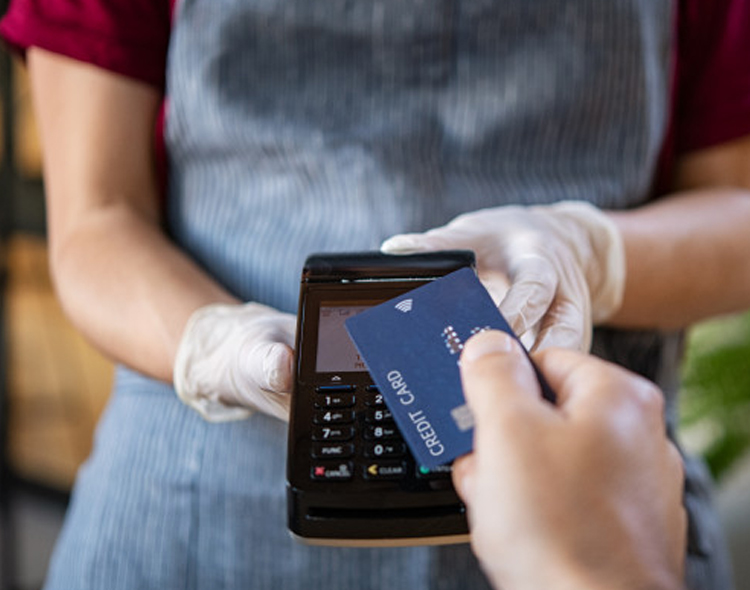The demand for digital money solutions has surged as consumers increasingly prefer contactless payments due to convenience and the risks associated with handling cash. As a result, experts are predicting that the use of cash will continue to decline, even after the pandemic subsides.
As more and more businesses and services begin accepting digital money transfers as a method of payment, users need to be able to recognize and report potential scams and fraud in order to confidently transfer funds safely and securely.
Top Fintech Insights: Fintech Primer: What is Contactless Payment?
A Cash-less (and risky) World
Due to fear of exposure to the virus, more businesses have expanded their digital offerings to allow for more contactless methods of payments.
A study by Pew Research Center found that nearly a third of U.S. adults said they typically make no purchase using cash during a week anymore. And millennials are taking it a step further. Experian found that 1-in-10 millennials use their digital wallet for every single purchase they make.
Coinciding with this shift in commerce transactions is a large increase in fraud. In the past year, mobile payments apps have received a surge in complaints from consumers regarding scams and unauthorized transactions. In order to protect themselves, consumers must be wary of potential red flags.
Financial Technology Ideas: Global Fintech Interview with Brent Stringer, Chief Financial Officer at Verusen
Three top fraud indicators that users should be aware of when making purchases online include:
-
Being asked to transfer money via an app as a form of payment to someone/a vendor you don’t know. If you are requested to wire or send money to a recipient you do not know for reasons not concerning you, run! It probably is not your friend, but a scammer using their identity instead.
-
Being asked to cash a check and transfer the money back to the representative. Scammers will sometimes send a counterfeit check as payment for an item that you are selling that exceeds your asking price. Then they will ask you to cash the check, and transfer back the overpayment amount via a money transfer app. In the end, their check bounces a couple of weeks later and the money is taken back from your bank account.
-
Receiving a call or email originating from overseas or from an unknown address or location regarding a money transfer. This is a common method where scammers acquire your email and phone number to dupe a seller that you may have bought from in the past. It is suggested that you label these false emails as spam, sending them to the trash and flagging them to your email provider.
Four tips to ensure financial safety when transferring money online
As fraudsters become more sophisticated in their methods, using the following tips when using a digital payments app will help you stay protected:
-
Do not share your account information with others under any circumstances. In 2019, 14.4 million consumers became victims of identity fraud – to avoid this, be sure to keep your information as private as possible and set a secure login password on all of your money transfer apps.
-
Confirm with your recipient before and after a transaction has been made to ensure your transaction has been completed.
-
Be sure to keep a note of the contact details provided by the company or seller, and retain a bill or receipt until you receive the product or service. By keeping track of your purchases, in the case of a scam, you will be able to track back to the original sellers.financia
-
Confirm the credibility of the seller by searching reviews online or looking into their customer service protocols on their website. You can often confirm the trustworthiness of a seller by sticking with well-known companies with good reputations that have a positive online presence.
According to analyst firm eMarketer, contactless mobile payments will surpass half of all U.S. smartphone users by 2025. As digital payment methods continue to move to the forefront of how we pay for products and services, so too will the prevalence and sophistication of online financial scams. In turn, we must all be aware of individual safety measures we can take to avoid fraud.
Recommended Fintech Blog: Global Fintech Interview with Ram Nagappan, CIO at BNY Mellon Pershing
Get started today by encouraging your family and friends to watch out for these red flags and share these tips with your networks.
[To share your insights with us, please write to sghosh@martechseries.com]
